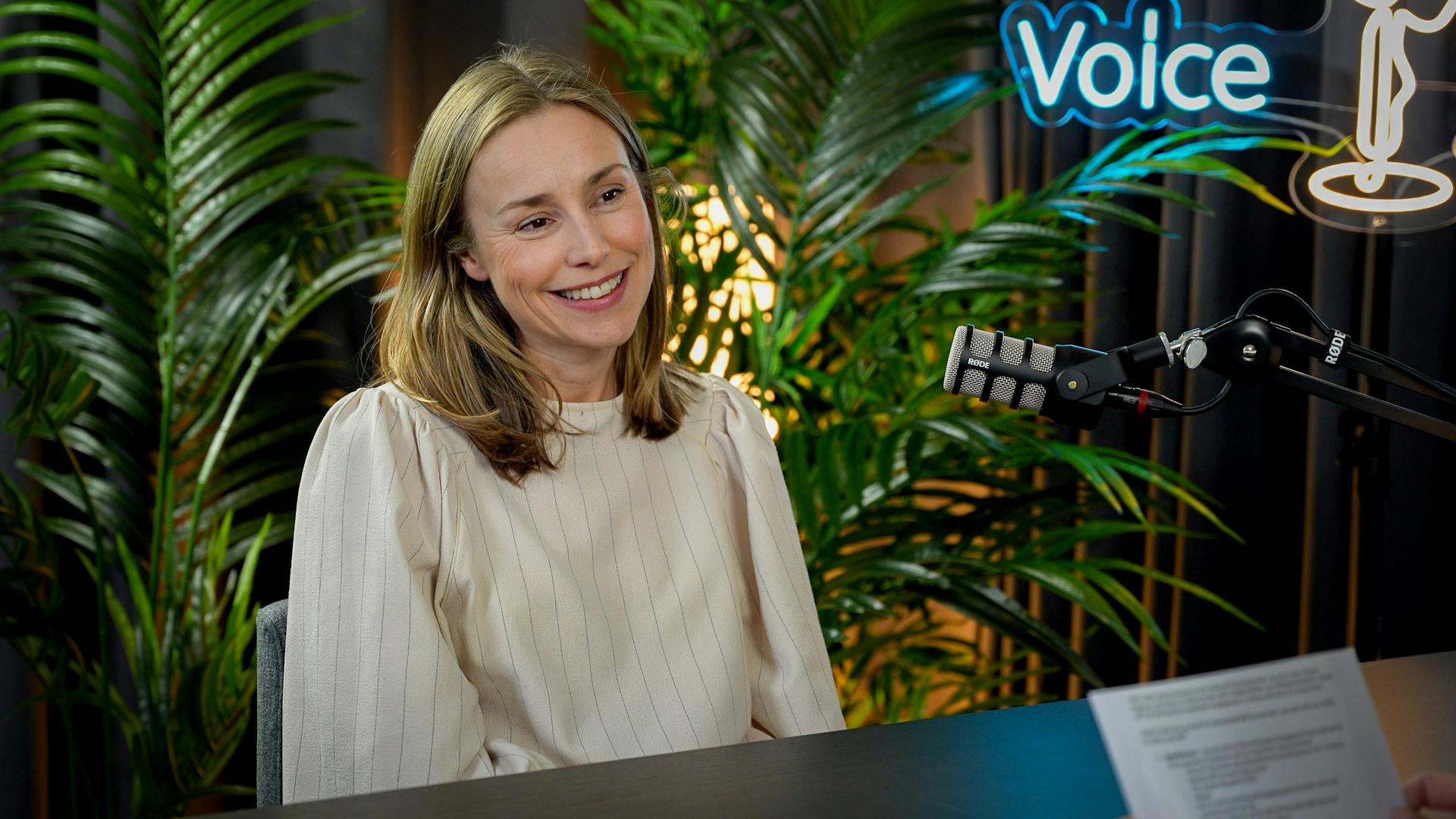Article
How Visma supports the Sustainable Development Goals (1/2)
7/11/2021
min read
Sustainability
Article
How Visma supports the Sustainable Development Goals (1/2)

This first part of the two-part series discusses our environmental initiatives and employee-focused efforts. In part two, we dive into ethical business practices and broader company-wide commitments.
The United Nations’ Sustainable Development Goals (SDGs) include 17 global priorities for ensuring a good life for all humans. The environmental challenges we currently face pose serious threats to humans in both developed and developing countries, and achieving the SDGs requires a collective effort. Businesses not only share a responsibility in tackling these challenges but also have unique advantages. Tech companies, in particular, are natural innovators and adaptors in a rapidly evolving industry. With cutting-edge technology, expertise, and resources, companies like Visma are well-positioned to create real change.
The SDGs provide a framework for action, guiding us in assessing our capabilities, identifying opportunities, and prioritising the areas where we can make the biggest impact. At Visma, we focus on four key areas that are each linked to specific SDGs:
- The environment
- Our employees
- Ethical business practices
- Company-wide commitments
Visma’s sustainability efforts
Improving energy efficiency and transitioning to renewables
Our workplaces should be as energy-efficient as possible, and powered by renewable sources. While educating employees on simple energy-saving actions is incredibly important, Visma is responsible for assessing current energy use and encouraging making the switch to renewables across our entire organisation. The benefits go beyond reducing emissions; they also lead to immediate cost savings.
Our goal is to source 95% of our office energy from renewables and reduce energy consumption by 10% by 2030. This aligns with SDG targets 7.3: ‘By 2030, double the global rate of improvement in energy efficiency’ and 13.1: ‘Strengthen resilience and adaptive capacity to climate-related hazards and natural disasters in all countries’.
Managing carbon emissions
The Paris Agreement is an international treaty on climate change, committed to limiting global warming to 1.5°C above pre-industrial levels. Achieving this requires us to monitor and reduce our carbon emissions – both internally and across our entire value chain. This involves individual decisions, such as choosing not to fly or drive to meetings, as well as collective decisions, such as evaluating the energy sources powering our data warehouses.
Our goal is a 50% absolute reduction in total scope 1 and 2 emissions* by 2030. Scope 1 and 2 emissions are the ones we can most directly control, coming from things we own, like our vehicles (scope 1), and the energy we purchase for our offices (scope 2). This aligns with SDG targets 13.2: ‘Integrate climate change measures into national policies, strategies, and planning’ and 12.2: ‘By 2030, achieve the sustainable management and efficient use of natural resources’.
Reducing waste
Every year, humans throw away 2 billion tonnes of waste, urging the need for all of us to evaluate our own purchasing and consumption habits. This means finding ways to make products last longer, prioritising more durable, repairable, and recyclable materials. As electronic waste is becoming one of the fastest-growing waste streams in the EU, we're shifting our focus towards e-waste in particular.
Our goal is to phase out single-use plastics, and reduce the impact of landfill and e-waste. This supports SDG targets 12.4: ‘By 2020, achieve the environmentally sound management of chemicals and all wastes throughout their life cycle, and significantly reduce their release to air, water, and soil to minimise their adverse impacts on human health and the environment’ and 6.3: ‘By 2030, improve water quality by reducing pollution, eliminating dumping, and minimising release of hazardous chemicals and materials’.
Regulatory compliance
As science continues to deepen our understanding of environmental issues, governments are translating this knowledge into stricter laws and regulations. Businesses that stay ahead of changing requirements will not only remain compliant but lead ahead of regulatory trends.
Our goal is zero incidents of non-compliance with environmental laws and regulations, which supports SDG target 16.6: ‘Develop effective, accountable, and transparent institutions at all levels’.

Our efforts for our employees
Diversity and inclusion
Unfortunately, equal pay for equal work remains a challenge, even in fully developed countries. Building a company culture based on diversity and inclusion is key to addressing such issues – not only gender-based inequality or discrimination but also disparities based on ethnicity, disability, and other factors. It's our responsibility to lead by example, treating everyone with dignity, respect, and equal opportunity, while staying true to our values and attracting the best talent from all backgrounds.
We have several goals in this area: aiming for a 40% gender balance across Visma Group as a whole, as well as in each individual Visma company*, with a 50% gender balance in new hires per year. We also aim for a 40% gender balance in leadership positions, and 50% in leadership talent programmes, per year (e.g., the Visma Management Academy)**.
Additionally, we strive to have a Diversity & Inclusion Index score and a Discrimination Index score in the top 5% of the tech industry, as measured by our monthly internal benchmark survey.
These goals align with the following SDG targets:
- 5.5: ‘Ensure women’s full and effective participation and equal opportunities for leadership at all levels of decision making in political, economic, and public life’
- 8.5: ‘By 2030, achieve full and productive employment and decent work for all women and men…and equal pay for work of equal value’
- 10.2: ‘By 2030, empower and promote the social, economic, and political inclusion of all, irrespective of age, sex, disability, race, ethnicity, origin, religion, or other status’
- 10.4: ‘Adopt policies, especially fiscal, wage, and social protection policies, and progressively achieve greater equality’
- 16.12: ‘Promote and enforce non-discriminatory laws and policies for sustainable development’
→ Learn more about social sustainability at Visma
Workforce health and safety
It should go without saying, but our employees – and all workers in general – deserve a work environment that is physically, psychologically, and socially safe. This applies to both in-office and remote work, and requires strict standards for a healthy and sustainable work-life balance.
Our goal is zero occupational health and safety incidents. This supports SDG target 8.8: ‘Protect labour rights and promote safe and secure working environments for all workers, including migrant workers, particularly women migrants, and those in precarious employment’.
This was part one of our two-part series on Visma’s sustainability efforts towards achieving the United Nations’ SDGs. Read part two to explore our ethical business practices and the company-wide initiatives across all of Visma.

Want to learn more about how we work with sustainability?
Voice of Visma
We're sitting down with leaders and colleagues from around Visma to share their stories, industry knowledge, and valuable career lessons. With the Voice of Visma podcast, we’re bringing our people and culture closer to you. Welcome!















































































































































































































































